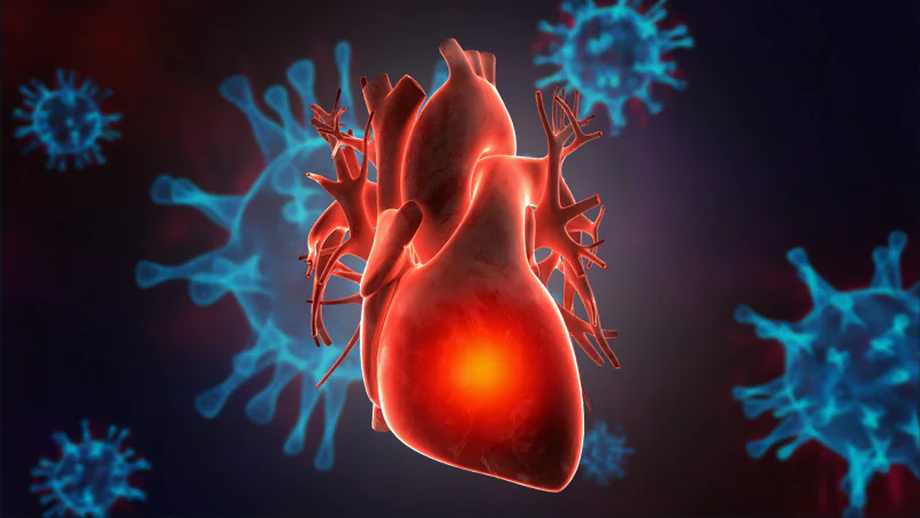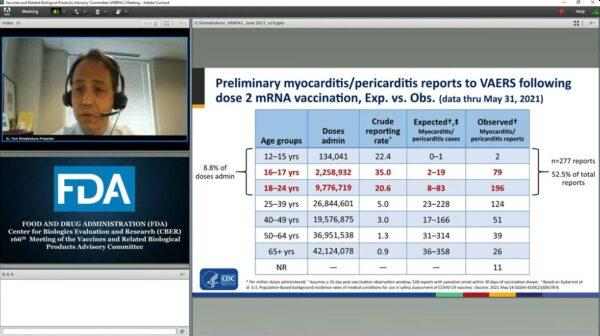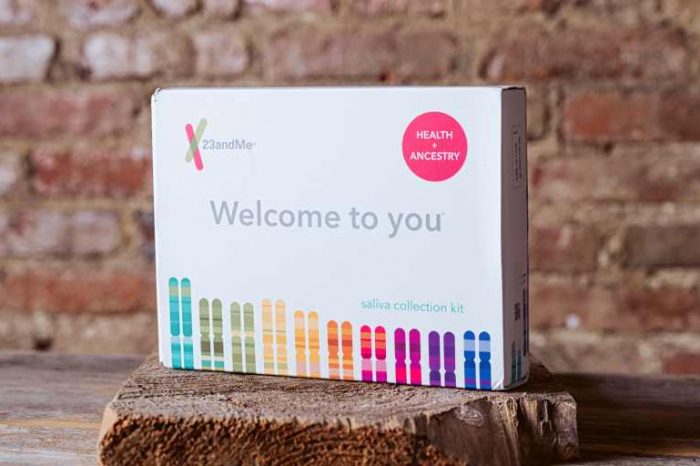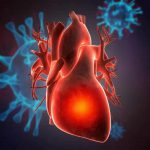Evidence grows stronger that Covid vaccine is linked to heart issue called myocarditis, especially in young adults, CDC says

On June 10, we wrote about the Centers for Disease Control and Prevention (CDC) when the agency announced it was holding an ’emergency meeting” after hundreds suffered rare heart inflammation following Pfizer and Moderna COVID-19 mRNA vaccines. The meeting, which does not include all the details, is scheduled for tomorrow June 18, 2021, between 11 AM – 5 PM EST.
But little did we know that on that same day, NBC News wrote a piece titled, “Evidence grows stronger for Covid vaccine link to heart issue, CDC says.”The NBC story provides the missing piece from our story. Citing the CDC, NBC wrote:
“A higher-than-usual number of cases of a type of heart inflammation has been reported following Covid-19 vaccination, especially among young men following their second dose of an mRNA vaccine, the Centers for Disease Control and Prevention said Thursday.”
The heart condition CDC is talking about is called myocarditis, which for the most part is usually mild, but according to the CDC, a handful of patients still remain hospitalized.
What’s even more disturbing about the report is that “teenagers and people in their early 20s accounted for more than half of the myocarditis cases reported to the CDC’s safety monitoring systems following Covid-19 vaccination, despite representing a fraction of people who have received the shots.”
During a presentation to a Food and Drug Administration advisory group, Dr. Tom Shimabukuro, deputy director of the CDC’s Immunization Safety Office, said that overall, 226 cases of myocarditis or pericarditis after vaccination in people younger than age 30 have been confirmed. He said that further investigation is needed. However, Dr. Shimabukuro also added that “We clearly have an imbalance there.”
NBC News story further confirmed another report from Epoch Times that reads: “Of note, of these 528 reports after the second dose with symptom onset within 30 days, over half of them were in these younger age groups, 12–24 years old, whereas roughly 9 percent of total doses administered were in those age groups, so we “clearly have an imbalance there.”


